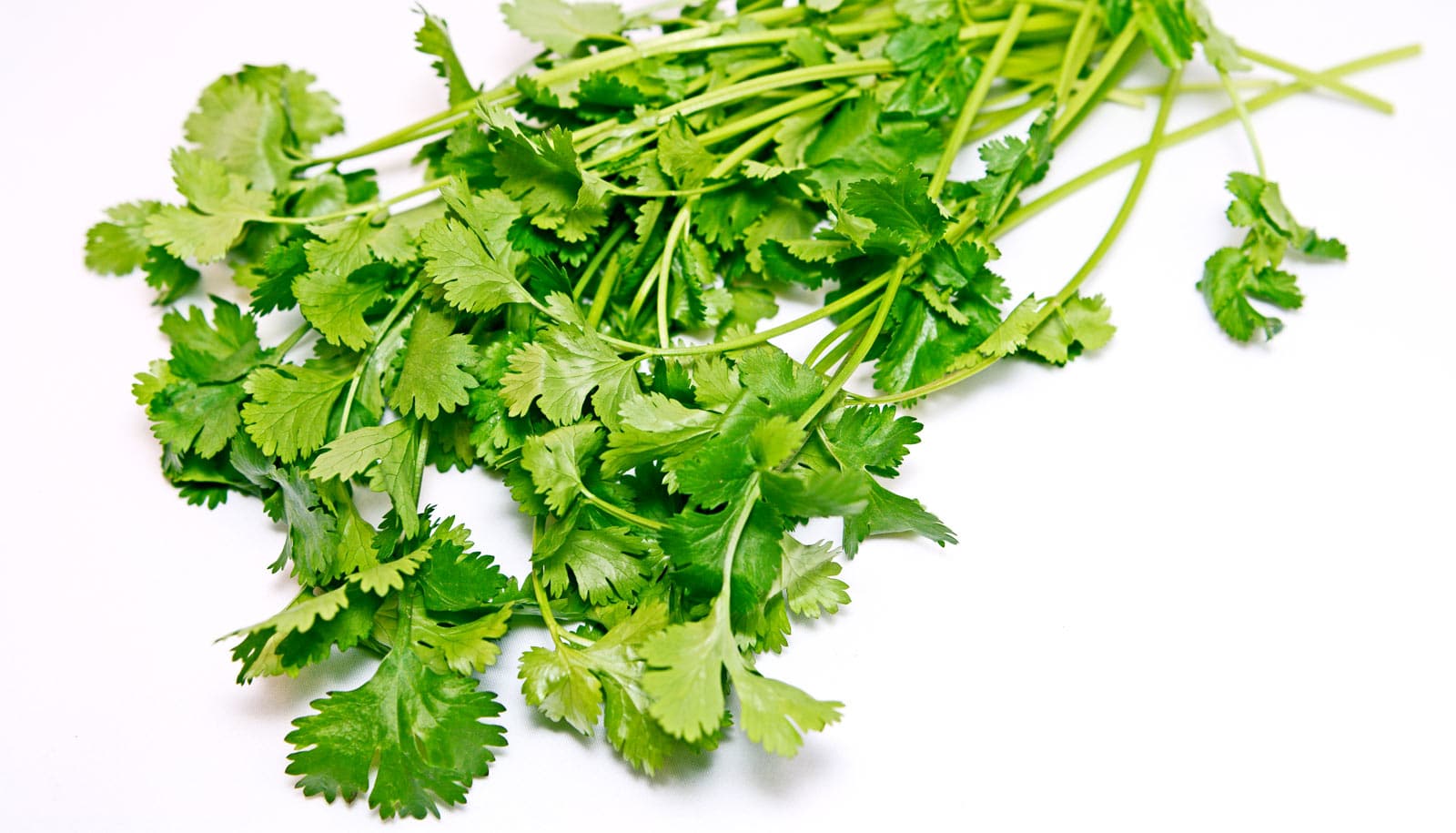Common herbs, including lavender, fennel, and chamomile, have a long history as folk medicines used to lower blood pressure. New research explains the molecular mechanisms at work.
Published in the Proceedings of the National Academy of Sciences, the study illustrates how many of the known traditional botanical plants used to lower blood pressure activate a specific potassium channel (KCNQ5) in blood vessels.
KCNQ5, together with other potassium channels including KCNQ1 and KCNQ4, is expressed in vascular smooth muscle. When activated, KCNQ5 relaxes blood vessels, making it a logical mechanism for at least part of the hypotensive actions of certain botanical folk medicines.
“We found KCNQ5 activation to be a unifying molecular mechanism shared by a diverse range of botanical hypotensive folk medicines. Lavandula angustifolia, commonly called lavender, was among those we studied. We discovered it to be among the most efficacious KCNQ5 potassium channel activators, along with fennel seed extract and chamomile,” says senior investigator of the study Geoff Abbott, professor of physiology and biophysics at the University of California, Irvine’s School of Medicine.
Interestingly, the KCNQ5-selective potassium channel activation feature of the botanicals is lacking in the modern synthetic pharmacopeia. Until now, it seems to have eluded conventional screening methods utilizing chemical libraries, which may account for why it is not a recognized feature of synthetic blood pressure medications.
“Our discovery of these botanical KCNQ5-selective potassium channel openers may enable development of future targeted therapies for diseases including hypertension and KCNQ5 loss-of-function encephalopathy,” says Abbott.
Documented use of botanical folk medicines stretches back as far as recorded human history. There is DNA evidence, dating back 48,000 years, suggesting the consumption of plants for medicinal use by Homo neanderthalensis.
Archaeological evidence, dating back 800,000 years, even suggests Homo erectus or similar species used plants for non-food purposes. Today, evidence of the efficacy of botanical folk medicines ranges from anecdotal to clinical trials, though the underlying molecular mechanisms often remain elusive.
Support for this study came from the National Institutes of Health, the National Institute of General Medical Sciences, and the National Institute of Neurological Disorders and Stroke. Coauthors of the study are from UC Irvine and the University of Copenhagen.
Source: UC Irvine

